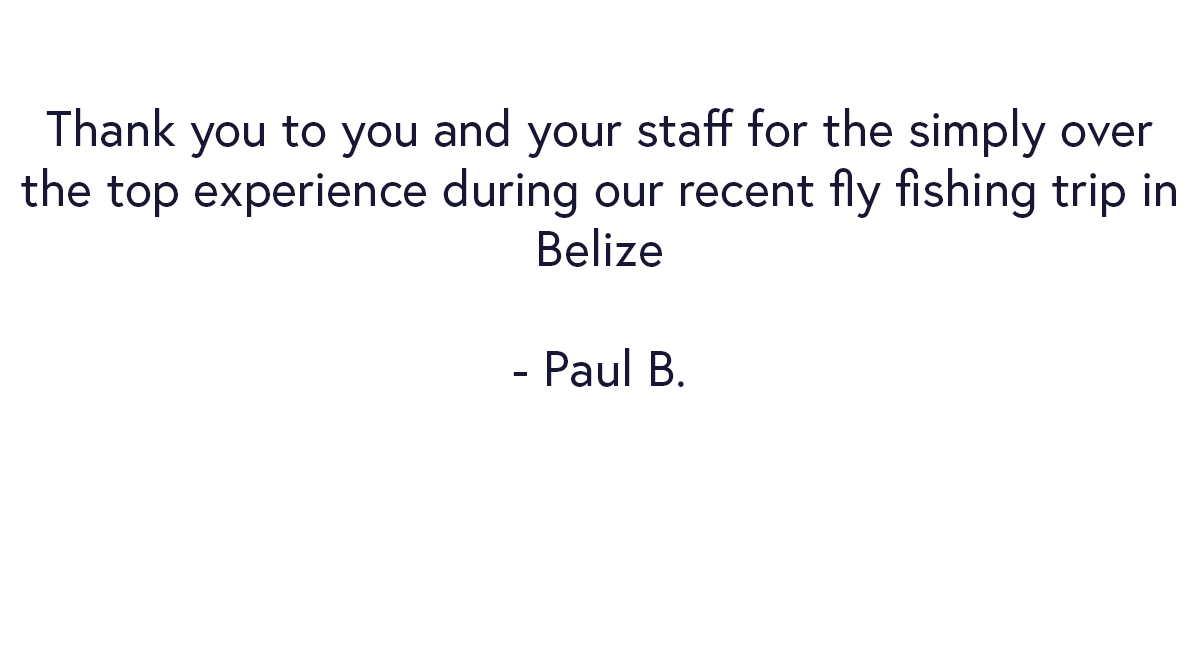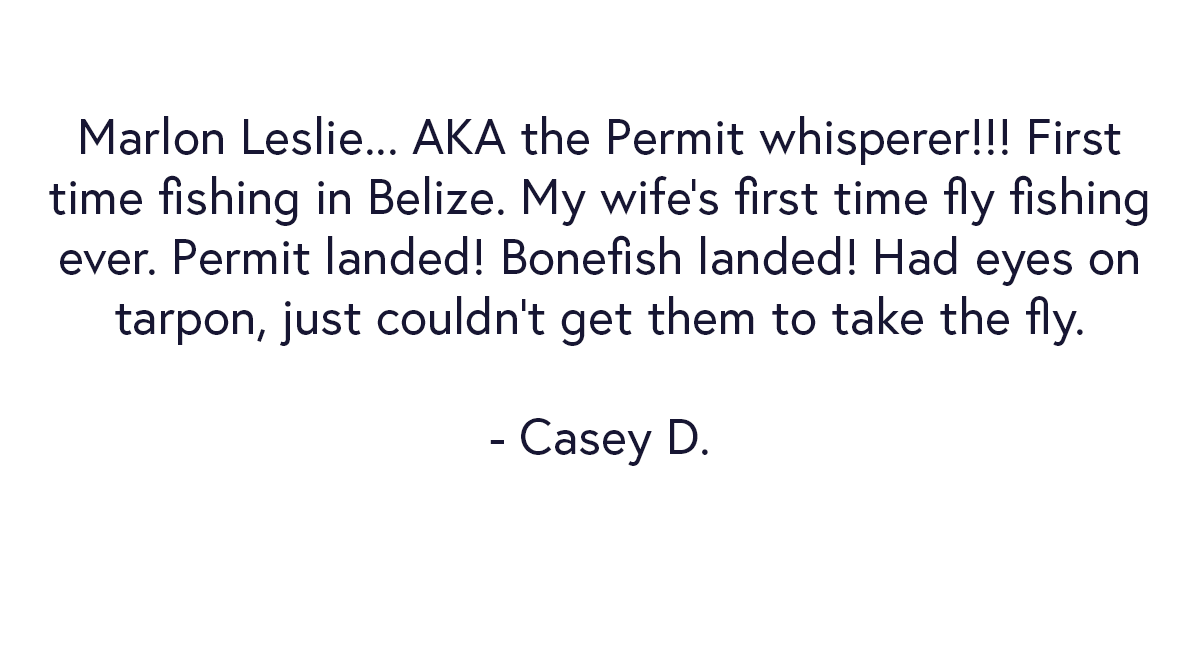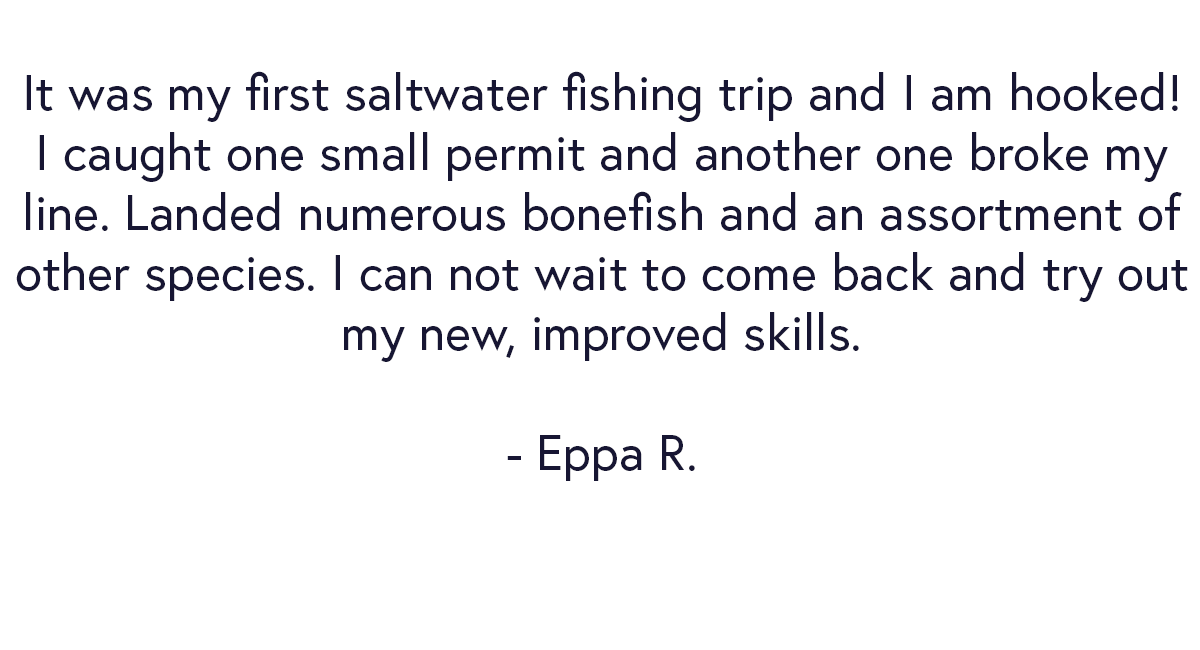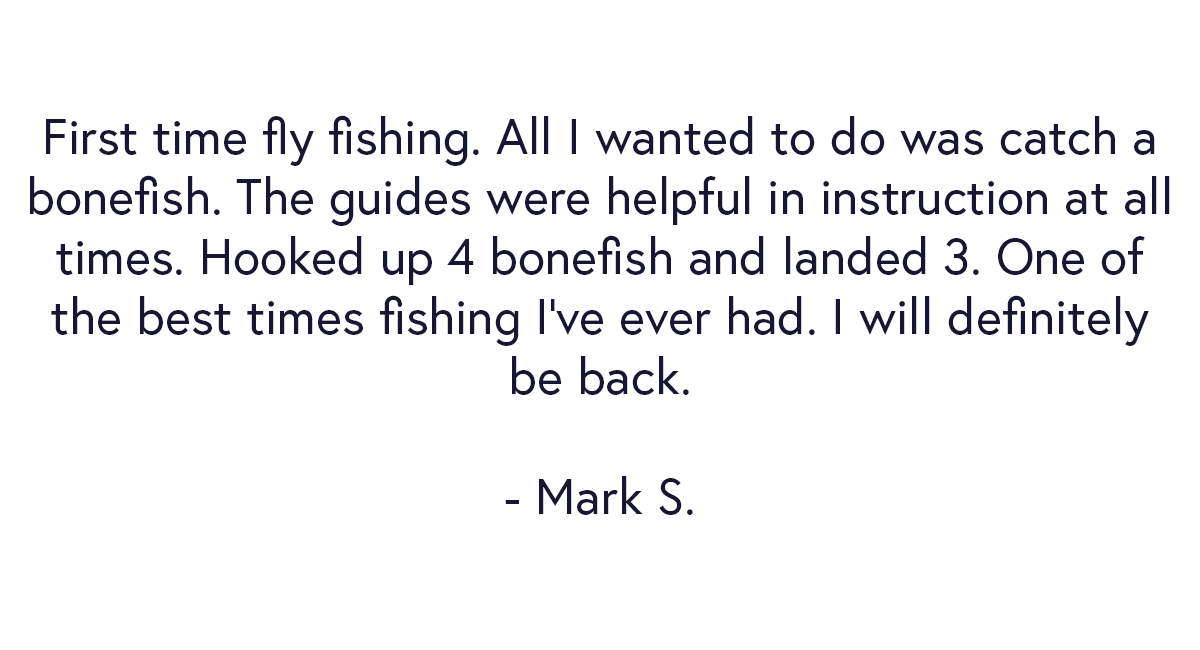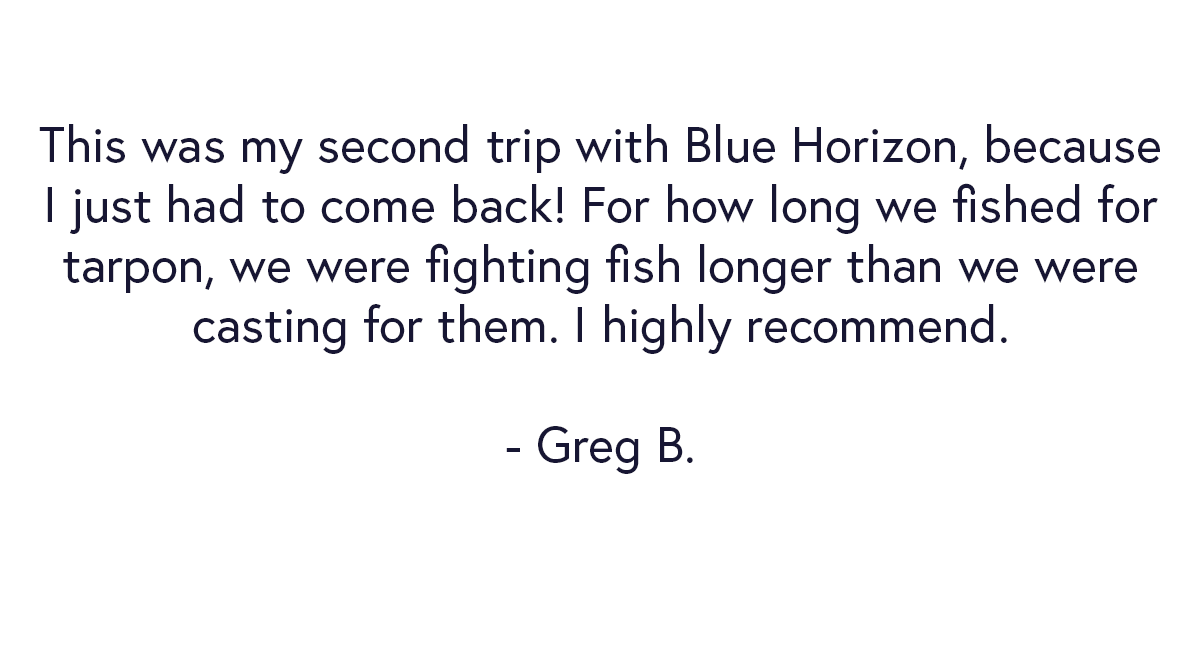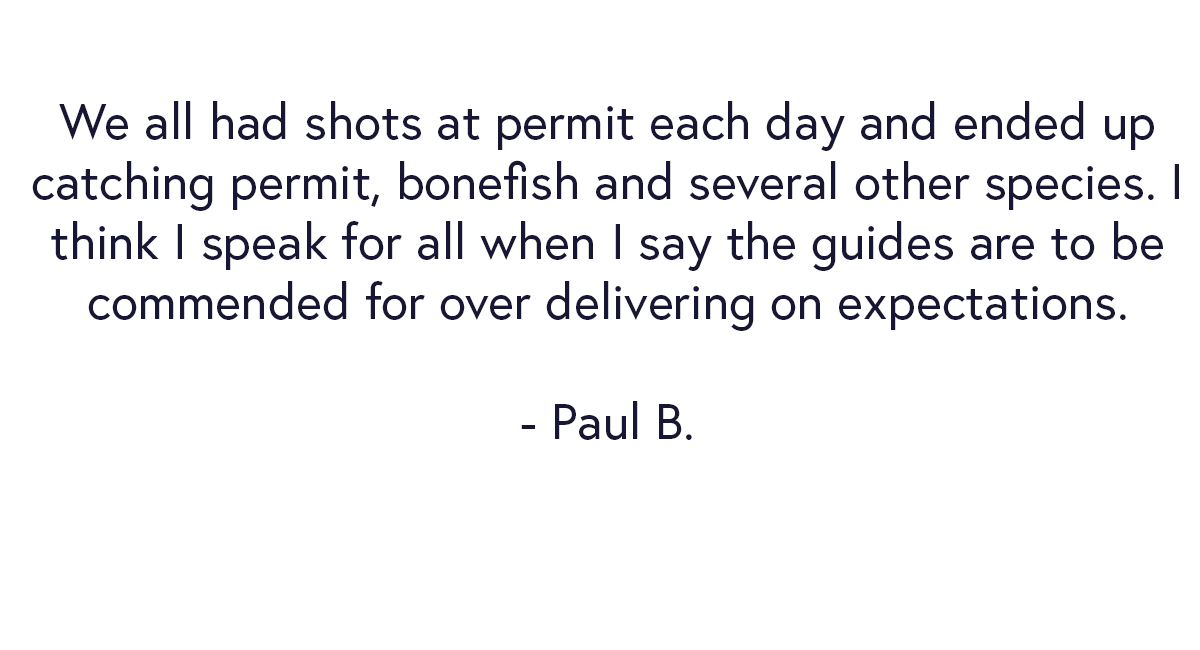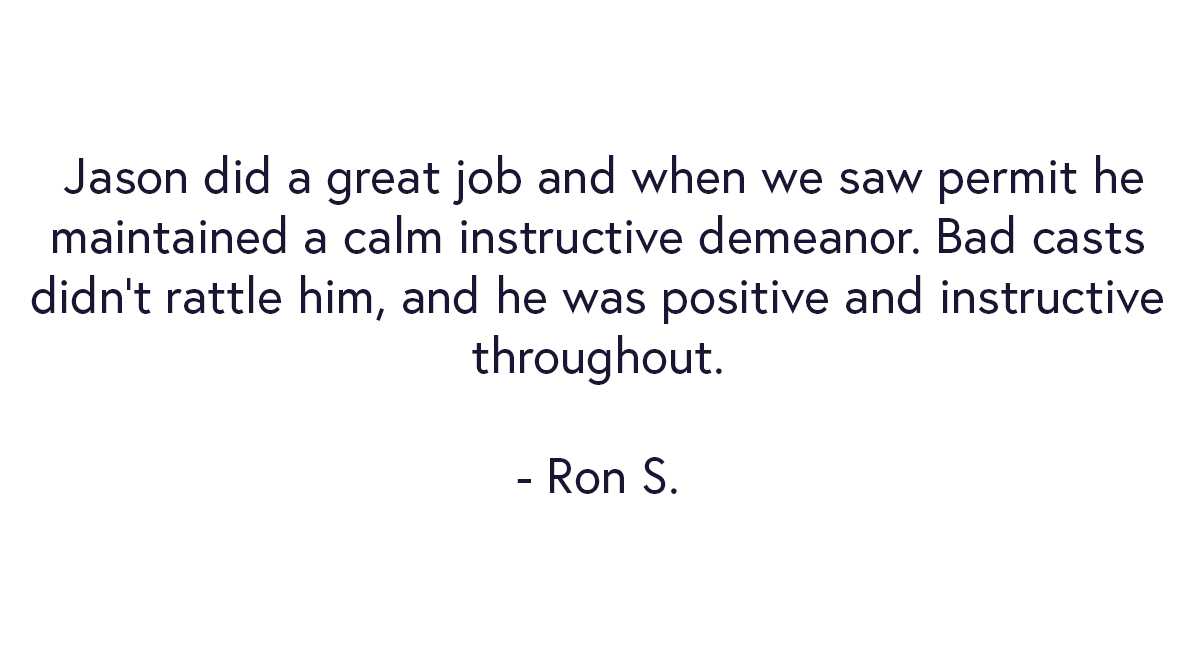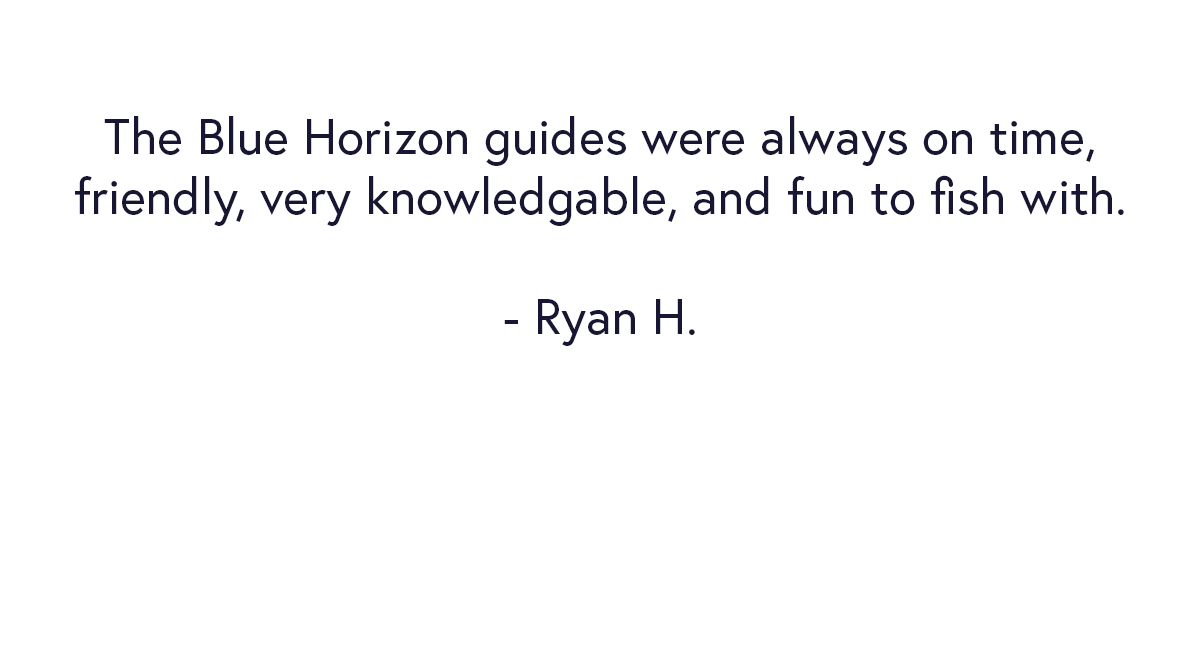According to the International Gamefish Association (IGFA), “A “Grand Slam” is defined by an individual angler catching at least three of the eligible species within a category (shown below), per IGFA International Angling Rules. All catches must be made within one calendar day, and all past and present catches are eligible, provided they are properly documented.
The following designations apply to IGFA Slam Clubs:
Three species in a day = Grand Slam (Permit, Bonefish, and Tarpon)
Most anglers would say that catching and landing a permit on the fly is the hardest species to complete the grand slam. This is the sole reason why Southern Belize is one of the best places in the world to complete the slam. There is no better place than Southern Belize to get more shots at permit specifically tailing permit. Due to the expansive flats, the habitat is rich in biodiversity providing and supporting these fish with ample food supply. So when you fly fish in southern Belize you should expect to get multiple good shots at permit each day.
While the permit may be considered the toughest of the three species, landing a tarpon is no easy task. Tarpon are the largest, strongest and most acrobatic of the grand slam species found in Belize. Even juvenile fish will put angling skills to the test and strain tackle beyond belief. Resident tarpon are typically small- to mid-sized specimens (20-60 pounds), and the large migratory fish can range from 100-150+ pounds.
Large schools of bonefish can be found on a consistent basis on numerous caye (islands) throughout our fishery. Since bonefish are the most abundant fish, they tend to be the most willing to eat a fly. So typically this species can be the easiest and the last species to catch to fulfill the inshore fly fishing grand slam.
Luckily in Southern Belize the guides at Blue Horizon Belize are very skilled and know the waters and area very well to help guide you into your grand slam of a lifetime. Feel free to send us an email to check availability.



![Big news today, Belize’s International Airport (BZE) will reopen on August 15th, 2020. The guides and the rest of the team at @bluehorizonbelize are beyond thrilled to get back on the water. [LINK IN BIO] for more information.
~
~
800.313.1672](https://images.squarespace-cdn.com/content/v1/55267a84e4b0410f3276ac29/1593204378183-F46B4LVPCE0HDU39GHA1/image-asset.jpeg)
![We cannot wait to have you experience the all-new rebuilt Blue Horizon Lodge. [LINK IN BIO] to inquire today.
~
~
800.313.1672 | bluehorizonbelize.com
~
~
#bluehorizonbelize #bluehorizonlodge #permitonfly #permitfly #permitalley #belize #belizefishin](https://images.squarespace-cdn.com/content/v1/55267a84e4b0410f3276ac29/1593204378633-S8TUTT8HHJL4UN9VLNJA/image-asset.jpeg)


